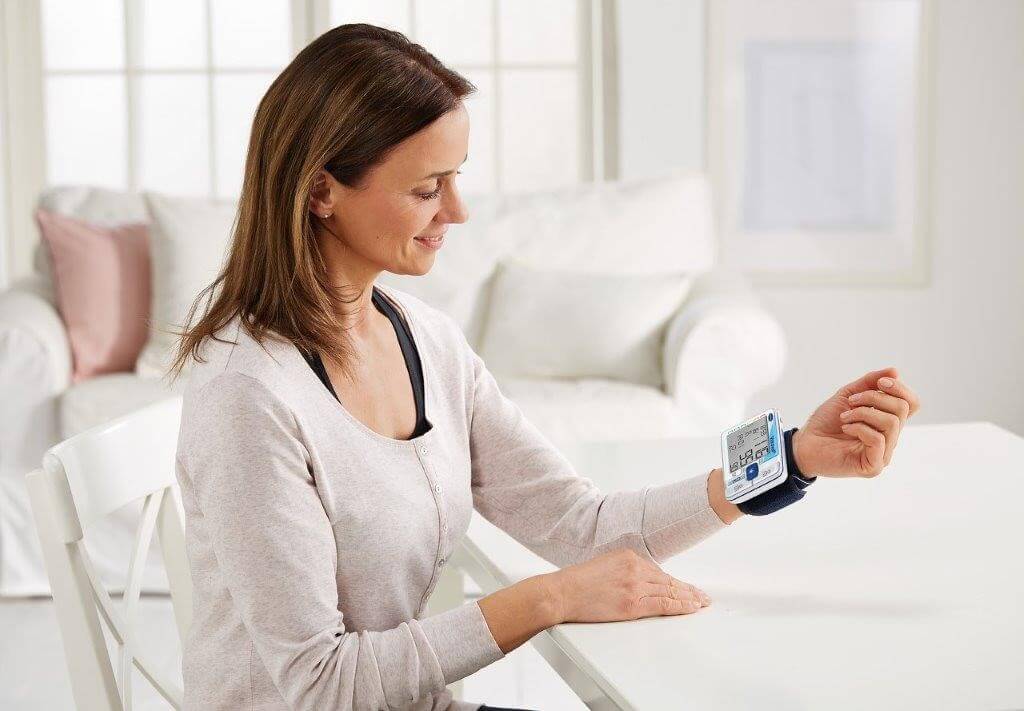
Put yourself in charge and measure your blood pressure at home following the 10 golden rules for measuring your blood pressure.
Why blood pressure measurement works best on bare skin above the brachial artery:
Basically, two non-invasive blood measurement strategies exist: the oscillometric and the auscultatory method. Regardless of how you decide to measure the blood pressure, your target is always the same: the brachial artery that you can find best on your upper arm or wrist. Most devices for the upper arm come with a wrap-around cuff and a monitor, devices for the wrist with a thinner elastic cuff and a monitor.
To measure blood pressure at home, either method can be applied: the auscultatory method focuses on the Korotkoff sounds of your blood flow. The oscillometric method operates by sensing the magnitude of oscillations caused by the blood as it begins to flow again into the limb. To measure blood pressure at home, either method can be applied: the auscultatory method focuses on the Korotkoff sounds of your blood flow. The oscillometric method operates by sensing the magnitude of oscillations caused by the blood as it begins to flow again into the limb. Some home measurement devices also offer a combination of both methods or are equipped with integrated arrhythmia detection or a mobile ECG for the prevention of strokes.
It is known that the systolic and diastolic pressures vary substantially in different parts, so it’s best to always return to the same position as well as to the same arm or wrist for comparable results. Patients usually sit and lean against the backrest and have their arm propped up at heart level. It is also important that blood pressure measurement has to take place at the same time of the day to increase the comparability of the data – and to write it down or load it into health management systems on your computer or smartphone or online into a Cloud-system.
These are the 10 golden rules for measuring your blood pressure
- Rest for about 5 minutes before measuring blood pressure. Even working at your desk increases blood pressure by an average of about 6 mmHg systolic and 5 mmHg diastolic.
- Do not consume any nicotine or coffee for up to one hour before taking the measurement.
- Do not take a measurement while you have a strong urge to urinate. A full bladder can increase blood pressure by about 10 mmHg.
- Take measurements on a bare upper arm and while sitting upright.
- If you are using a wrist monitor, hold the cuff at heart level during the measuring procedure. The cuff of an upper arm monitor is naturally positioned at the correct height.
- Please do not talk or move during the measuring procedure. Talking increases values by about 6 – 7 mmHg.
- Wait at least one minute between two measurements, so that the blood vessels are not compressed, to prepare for a new measurement.
- Record date and time as well as the values and any medication you might have taken.
- Take measurements regularly. Even if your values have improved, you should continue to check them for monitoring purposes.
- Always take measurements at the same time of day. Because a person has about 100,000 different blood pressure values every day, individual measurements have no significance. Only regular measurements taken at the same time each day over a longer period, give a meaningful assessment of blood pressure values.
